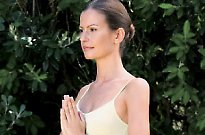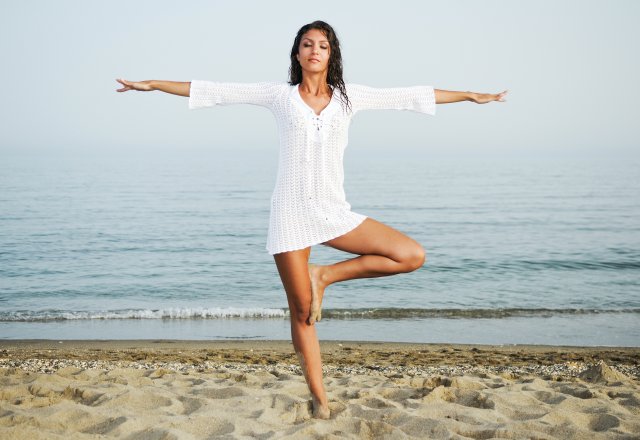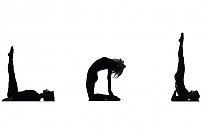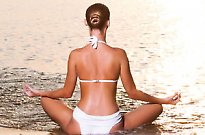
How to perfect your posture

Learn how to stand tall.
Physiotherapist and posture-perfecting professional Elise Lenssen tells us how we can beat the slouch and boost our wellbeing.
How to determine whether your posture needs realignment
So how can you identify if your posture has room for improvement? A simple way is to take a side-profile selfie while sitting and standing. A picture paints a thousand words and is really helpful in motivating you to take action. In the sitting photo, if your spine looks like a capital C, you need to work on it. If your chin sits far in front of your breastbone, you too need to focus on your posture. But, most importantly, if you are experiencing any of the tell-tale signs (tension headaches, shoulder pain, a niggly lower back or tight muscles at the end of the day), you can confidently address your posture knowing it will be of benefit to you. And it’s never too early to start. Schools are using computers and tablets for more of their curriculum and it’s reinforcing poor postural positions at a much younger age. Thankfully children heal very quickly and recover fast, but that’s not the case as we age. The beautiful thing about the human body is its ability to heal and restore itself with just a little help. Muscles have elastic properties, which means they can return to the right length with a bit of stretching and strength work, and the hormonal system is fluid, adapting to the conditions you place it under. However, the longer your body has been hanging out in a negative posture, the longer it will take for your brain to learn a positive posture. But it is possible and, no doubt, necessary.
Tips for training good posture
When it comes to improving posture, the old adage ‘the next posture is always the best’ proves true. A body in motion is always preferable to a stationary and static position, but that’s just not always possible. If you commute to and from work, chances are you are either locked behind the wheel or jammed between people on public transport – not to mention when you get to the office, where you continue the relationship of bum-on-seat for most of your waking day. Training your posture is about improving the endurance of the little muscles that support the spine, as well as increasing strength and endurance of the power muscles, targeted by traditional exercise. But most importantly, it’s about training your brain to confidently learn a new and better position to stand, sit and move.
So where do you start?
First things first: if you are experiencing symptoms of bad posture, then it’s helpful to chat with your doctor, physiotherapist, osteopath or other trusted health professional for a diagnosis and treatment plan. You’ll find that almost all postural ailments can be remedied with exercise. Start with gentle exercises that address the deep stabilising muscles of the spine, such as the rectus capitus (this connects your skull to your neck), the transverse abdominus and internal obliques (the deepest abdominals), the scapula stabilisers (upper back) and multifidus (the deep lumbar stabiliser).
Simple movements
The chin nod: Gently nod your chin back and in, holding for five seconds
Deep abdominal connections: Draw your lower tummy in towards your spine and hold as you breathe normally; try holding for five to 10 seconds
Pilates swimming: Lie on your stomach, lift alternating legs and breathe into the belly. Start with 15 each side
Shoulder squeezes: Stand with your spine aligned on a door frame and gently draw your shoulder blades back and up, breathe normally and hold for five seconds
It’s ideal to practise these gentle exercises daily; little and often is far more powerful at making change to your brain and muscles than a big gym session once a week. Incorporate some flexibility work, addressing the pectorals (chest), hip flexors (front of hips), hamstrings (back of thighs), calf muscles and spine to get the most out of your strengthening exercises. And don’t forget to try and progress your training: keep increasing the repetitions, how long you hold the exercise and the difficulty of the exercise. Your performance will plateau if your training does.
Try perfecting your posture with the mountain pose.


